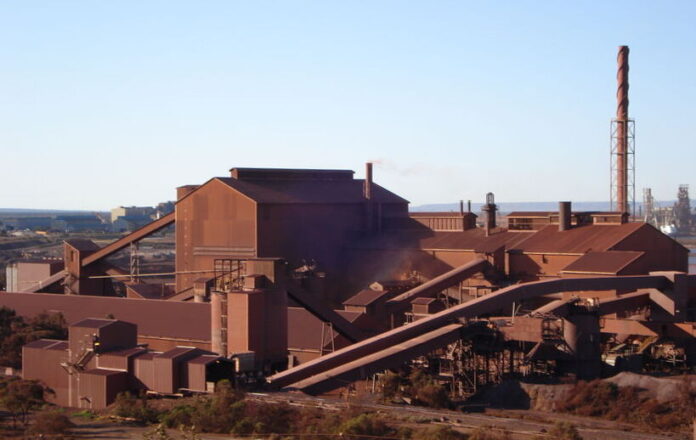By David Uren*
Australia has been losing so many sovereign manufacturing capabilities over the past two decades that it is hard to know where to draw the line. The Whyalla steel mill may mark the spot.
The Australian and South Australian governments certainly seem to think so. Prime Minister Anthony Albanese on Thursday said the two governments would spend an immediate $484 million, mainly to keep the works going during the period of administration that the South Australian government initiated on Wednesday (19 February 2025). (The Australian Strategic Policy Institute. The Strategist.)

